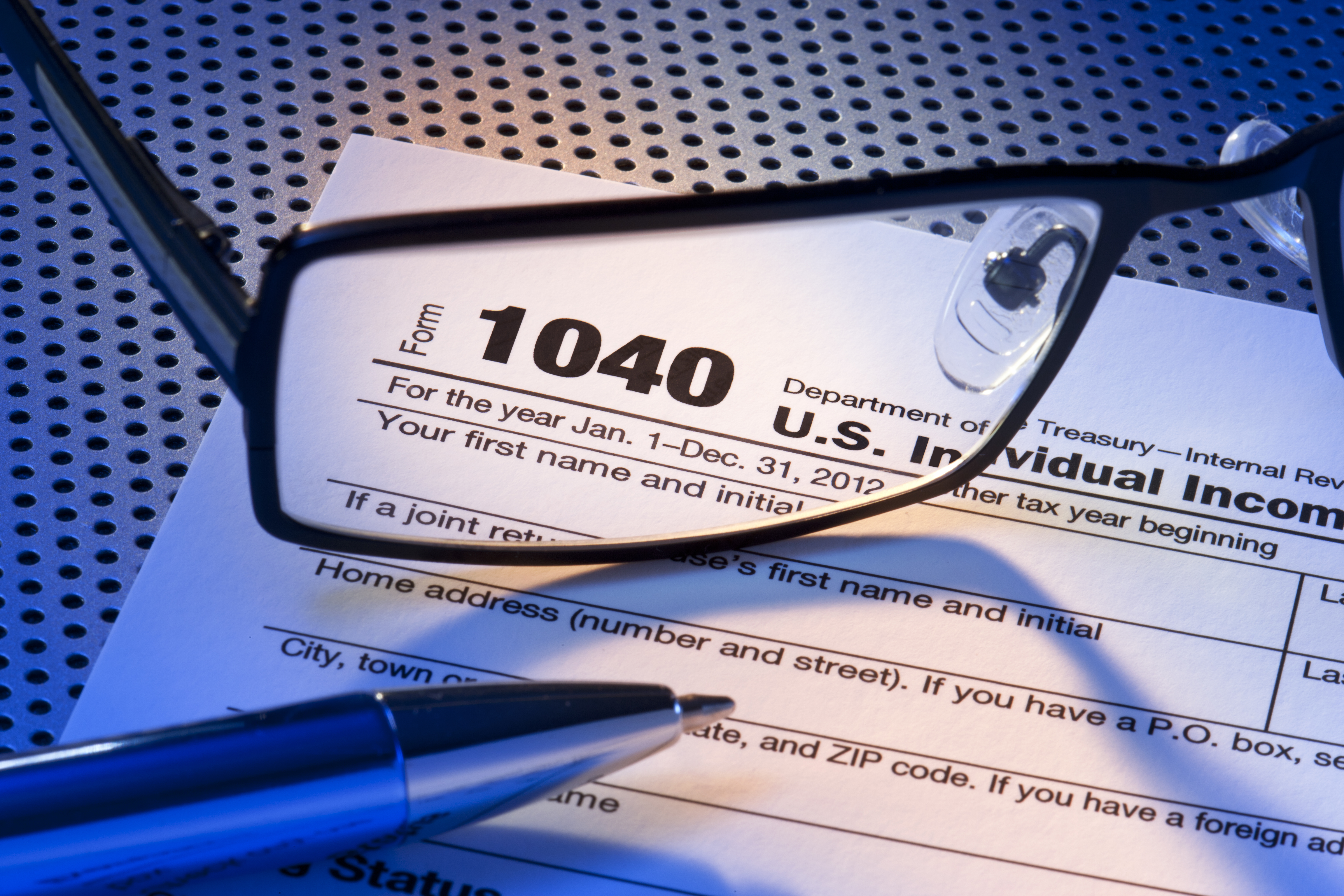© Cammeraydave | Dreamstime.com - Taxes 1040 Tax Return Form Photo
Tax Breaks That Are Now Permanent
Three tax breaks you’ll be able to take on your 2016 return, and on future returns:
Itemized Deductions and Personal Exemption Phase-Outs For 2016, itemized deductions and personal exemptions are limited when you file as single and your adjusted gross income (AGI) is above $259,400. The limitation begins with AGI above $311,300 for married couples filing jointly. Alternative Minimum Tax The exemption amount for 2016 is $53,900 for singles and $83,800 for married filing jointly. Capital Gains and Dividends Long-term gains are generally taxed at 15%. The rate is zero percent if you’re in the 10% and 15% ordinary income brackets, and 20% when you’re in the 39.6% ordinary income bracket. Affordable Care Act Surtaxes You’ll pay a Medicare surtax of 0.9% on wages and self-employment income exceeding $200,000 when you’re single and $250,000 when you’re married filing jointly. For unearned income, you’ll pay the 3.8% net investment income tax when you’re single and your modified AGI exceeds $200,000. If you’re married filing jointly, the net investment income tax is imposed when your modified AGI exceeds $250,000. If you have questions about your 2016 tax return, please call your CPA or tax advisor for assistance with understanding how these rules may affect your situation.
This is general information and should not be acted upon without first determining its application to your specific situation. Please contact your CPA or tax advisor for additional details.
Comments are closed.
|
AuthorSuccessfully meeting the challenges inherent to new and smaller businesses provides me with a special type of satisfaction. Archives
February 2022
Categories
All
|


 RSS Feed
RSS Feed







